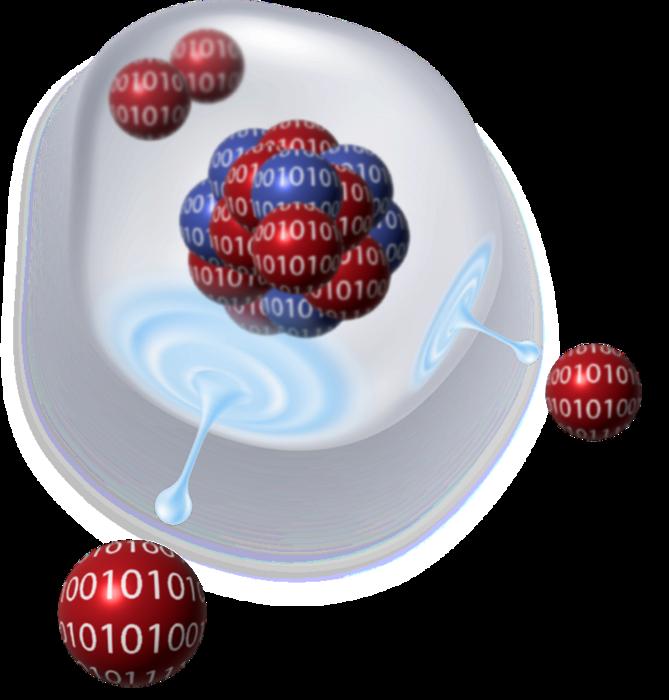Exploring the Structural Dynamics of 18Mg
Led by physicist Si-Min Wang, the research team at Key Laboratory of Nuclear Physics and Ion-beam Application (MOE), Institute of Modern Physics, and Shanghai Research Center for Theoretical Nuclear Physics, NSFC, Fudan University, has documented that 18Mg undergoes a unique “multi-proton” decay mechanism, where it sequentially emits two-proton pairs. This process, differing from traditional radioactive decay, underscores a complex interaction of nuclear forces, diverging from long-held nuclear models.

Credit: Simin Wang
Exploring the Structural Dynamics of 18Mg
Led by physicist Si-Min Wang, the research team at Key Laboratory of Nuclear Physics and Ion-beam Application (MOE), Institute of Modern Physics, and Shanghai Research Center for Theoretical Nuclear Physics, NSFC, Fudan University, has documented that 18Mg undergoes a unique “multi-proton” decay mechanism, where it sequentially emits two-proton pairs. This process, differing from traditional radioactive decay, underscores a complex interaction of nuclear forces, diverging from long-held nuclear models.
From Theoretical Concept to Observable Reality
The phenomenon of two-proton decay, predicted in the 1960s, has transitioned from a theoretical curiosity to a measurable reality thanks to recent advances in technology. The study of this unusual behavior in 18Mg, an nuclide far from the typical line of nuclear stability, offers crucial insights into the forces at play within highly unstable nuclei loaded with protons.
Probing the Subatomic World Using Advanced Techniques
Utilizing the Gamow-coupled-channel method, researchers have captured and analyzed the interactions and decay within 18Mg. This approach provides a detailed view of the nuclear structural dynamics, allowing for a more nuanced understanding of atomic behavior during decay. “Our method has significantly improved how we interpret the interaction between protons and the nucleus during the decay in extreme conditions,” explains Professor Wang.
Implications for Science and Technology
The study not only expands academic understanding but also has practical ramifications in various fields. Knowledge about the decay behavior of exotic nuclei like 18Mg could influence advancements in fundamental interactions, energy sectors, and all kinds of open quantum systems.
Advancing Nuclear Physics Research
The team is now set to explore further how the deformation of the nucleus influences decay processes. Future research aims to delve into the relationships between nucleon structures and decay mechanisms, with the potential to refine theoretical models in nuclear physics extensively.
“By converting what was once theoretical into something we can now study and quantify, this research enhances both our fundamental understanding of nuclear physics and our ability to apply this knowledge in practical ways,” stated Professor Wang. “Each discovery provides not only new academic insights but also practical solutions that may benefit various technological fields in the future.” The complete study is accessible via DOI: 10.1007/s41365-024-01479-1.
Journal
Nuclear Science and Techniques
DOI
10.1007/s41365-024-01479-1
Method of Research
Computational simulation/modeling
Subject of Research
Not applicable
Article Title
Structure and 2p decay mechanism of 18Mg
Article Publication Date
26-Jun-2024




